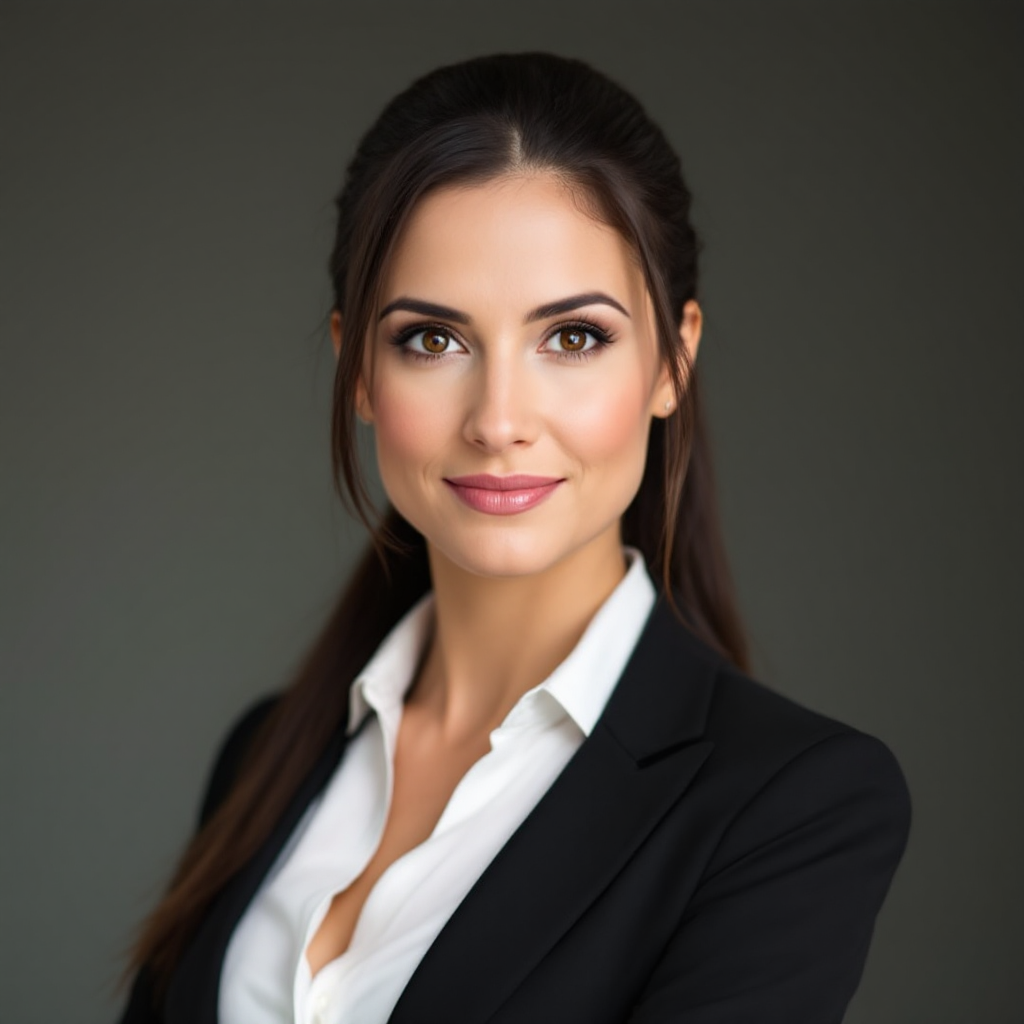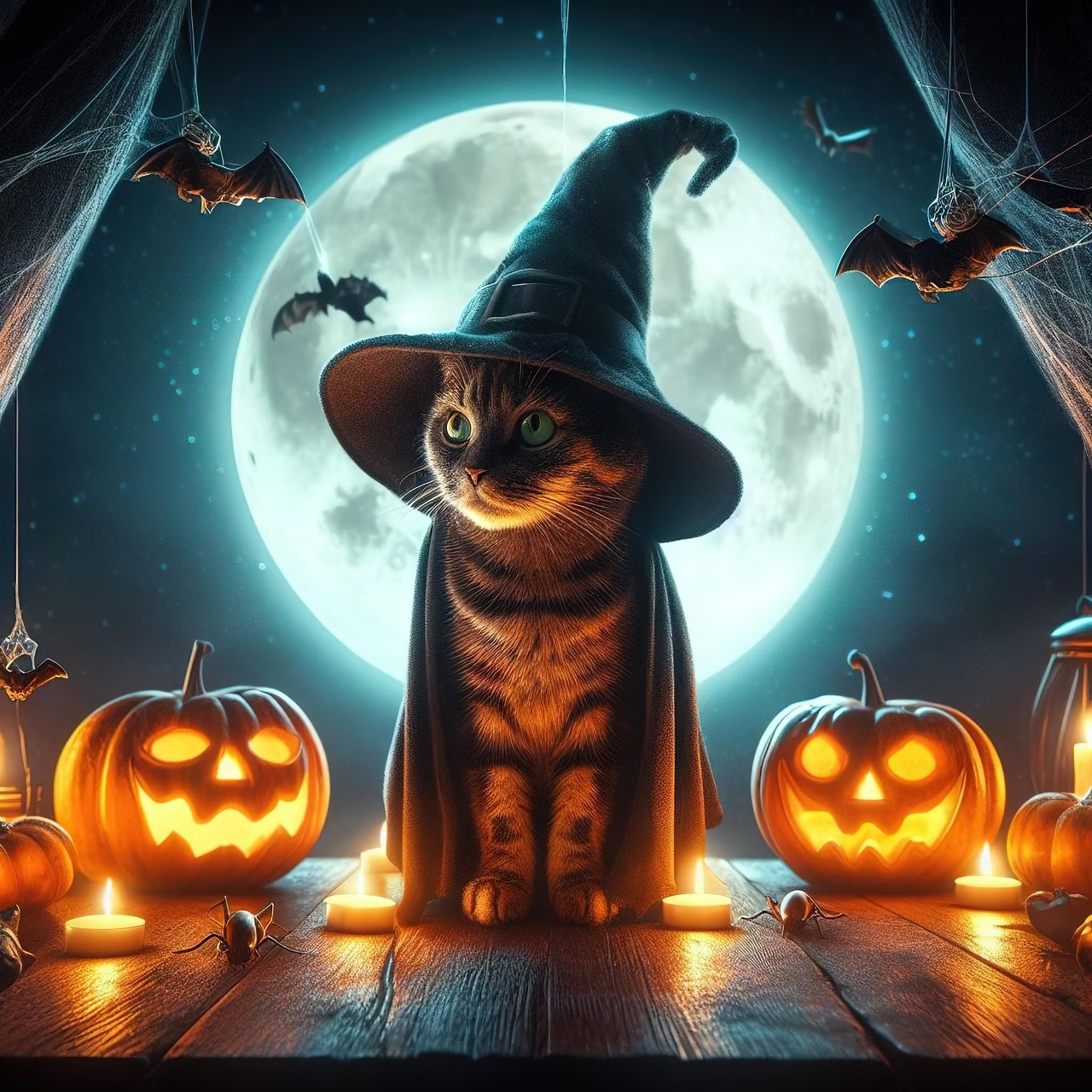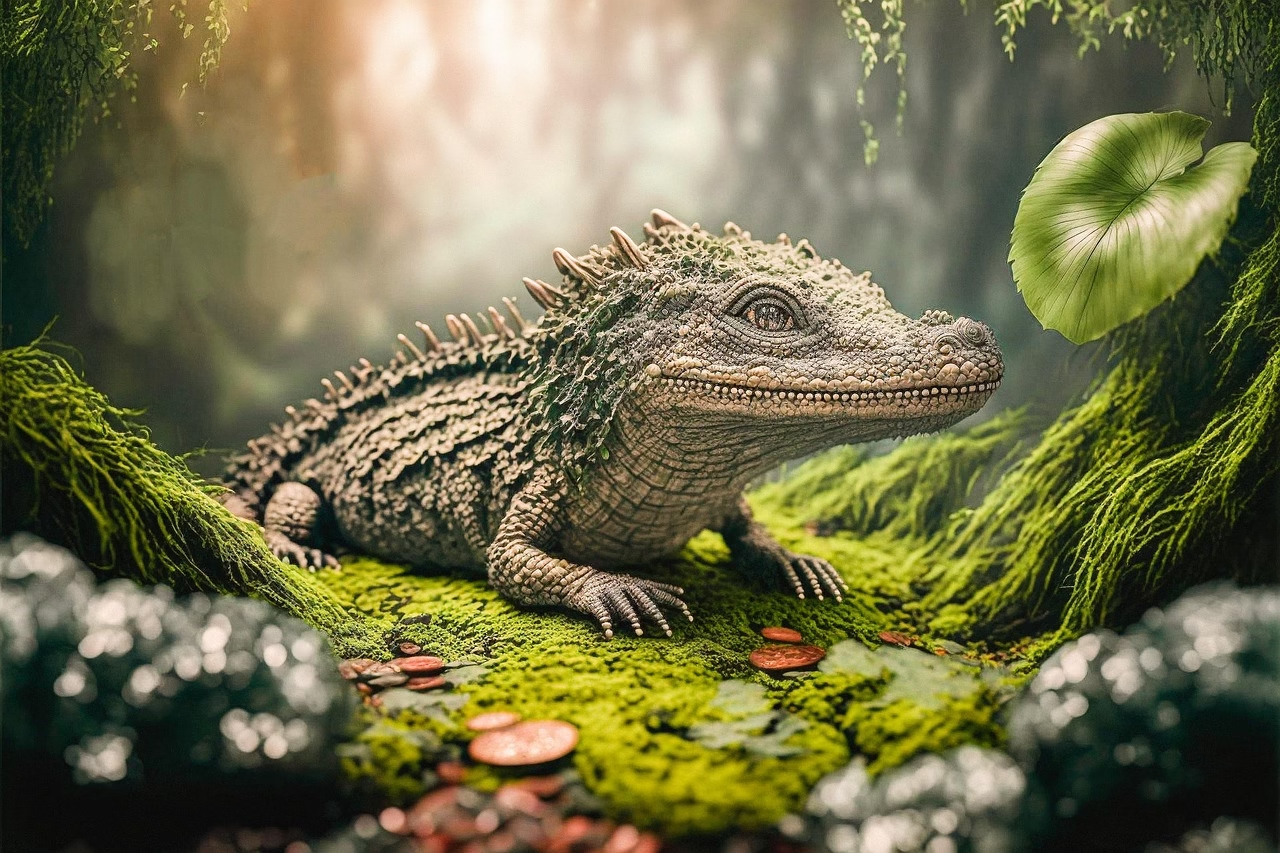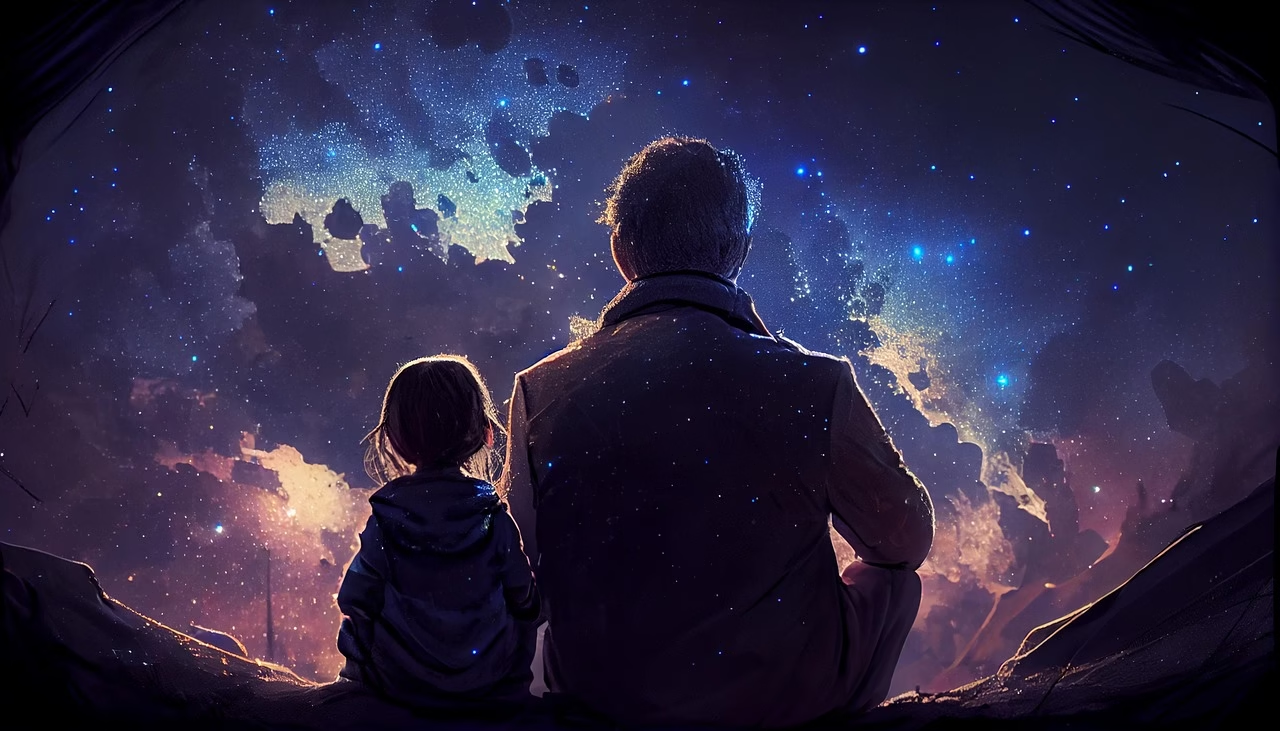Krea AI Releases Gen-4 Model to Generate Minute-Long Cinemat
July 6, 2025 | by Olivia Sharp

Krea AI Gen-4: One-Minute Cinema from a Single Sentence
Creatives have long dreamed of sketching a story in words and watching it come alive on screen. With Krea AI’s new Gen-4 model, that dream has crossed the threshold from research paper to production tool.
Why Gen-4 Matters
Gen-4 lands at a pivotal moment for generative video. Until now, most text-to-video systems could manage 5–10 seconds before artifacts crept in or motion fell apart. Krea’s latest release pushes the ceiling to a full minute of cinematic, 1080-p video—all generated in under sixty seconds and fully hosted inside the existing Krea workspace. The jump in temporal length dramatically widens practical use cases: from polished TikTok spots and storyboard previz to quick-turn explainer clips for product teams. According to Krea’s announcement on July 4, 2025, the model is already live for paid subscribers and early-access tiers.
Under the hood, Gen-4 appears to combine a diffusion-based frame synthesizer with a transformer that predicts scene-level coherence. In plain English: the model no longer paints each frame in isolation; it carries an evolving memory of camera motion, lighting continuity, and character pose. The difference shows up in smoother pans and fewer “jumps” when an object crosses the frame.
Hands-On Impressions
I spent the weekend driving Gen-4 through its paces with both literal and wildly poetic prompts. Highlights:
- Emotive close-ups: “A contemplative violinist bathed in blue neon” rendered a slow dolly that lingers on the musician’s face. Subtle eye movement—a classic failure point—remained consistent across the 45-second clip.
- Complex multi-character staging: A prompt describing “three astronauts arguing inside a spinning observation deck” kept suits, reflections, and rotational motion locked together with almost film-school blocking.
- Fast iteration: Changing style tags from “35 mm film” to “hand-painted animation” regenerated the full minute in about 52 seconds on an RTX 4090 cloud instance. Previous-gen models often required separate fine-tuning passes for style shifts.
Importantly, Gen-4 is not photorealistic in the way live-action footage is. Faces lean toward the “almost real” aesthetic we’ve seen from Runway’s Gen-4 image model, but with a slight painterly texture. In social content that stylization reads deliberate; in strict realism it may still trigger the uncanny valley.
Workflow Integration
Krea’s UI hasn’t changed dramatically: you still drop a prompt, set aspect ratio, and hit Generate. Gen-4 adds two notable toggles:
- Scene Length (up to 60 seconds at launch, with 10-second increments)
- Continuity Boost (trading off render time for stricter global consistency)
The model also respects Image Start—so a designer can upload a hero keyframe from Krea 1, then ask Gen-4 to “pull back into a wide establishing shot.” That trick alone slashes hours of compositing work in After Effects.
Real-World Playbook
Here are three immediate applications I’m advising teams to test:
- Social Launch Trailers. Consumer brands can spit-ball five 30-second variations of a campaign concept before the coffee gets cold. Iterate overnight; shoot live footage only when the storyboard locks.
- Product Demos for SaaS. Pair UI screenshots with voice-over to turn static release notes into dynamic walk-throughs. The one-minute runtime neatly matches the “golden window” of attention on LinkedIn.
- Indie Film Pre-viz. Directors can validate shot lists without renting gear. Gen-4’s depth cues and parallax make virtual scouting believable enough to save location budgets.
Caveats & Responsible Use
No new tool arrives without sharp edges:
- Copyright Entropy. Prompts that name proprietary characters predictably drift into protected likenesses. Krea injects an automated filter, but legal grey zones remain—especially as outputs inch closer to realism.
- Computational Cost. A single 60-second pass clocks roughly 9 GB of VRAM in my tests. Small studios will lean on cloud credits, which Krea prices at about three credits per minute—manageable, but budget carefully.
- Misinformation Risk. Gen-4 can now fabricate longer “eyewitness” clips. Krea watermarks metadata, yet social platforms still struggle to surface provenance. The onus is on creators to disclose synthetic content up-front.
The Road Ahead
Gen-4 feels less like an incremental upgrade and more like the moment text-to-video graduates from novelty to everyday tool. My hunch: we’ll soon see an ecosystem of prompt templates—mini-screenplays that marketers and educators share the way Figma users swap component libraries. Expect also an eventual API release; once designers automate batch rendering, AI-native video pipelines will rival today’s automated A/B-testing for web copy.
For creatives, the advice is simple: play early, play often. The cinematic gap between “what if” and “here it is” just collapsed to one minute. The storytellers who master that speed will set the tone for visual culture in the next decade.

RELATED POSTS
View all



